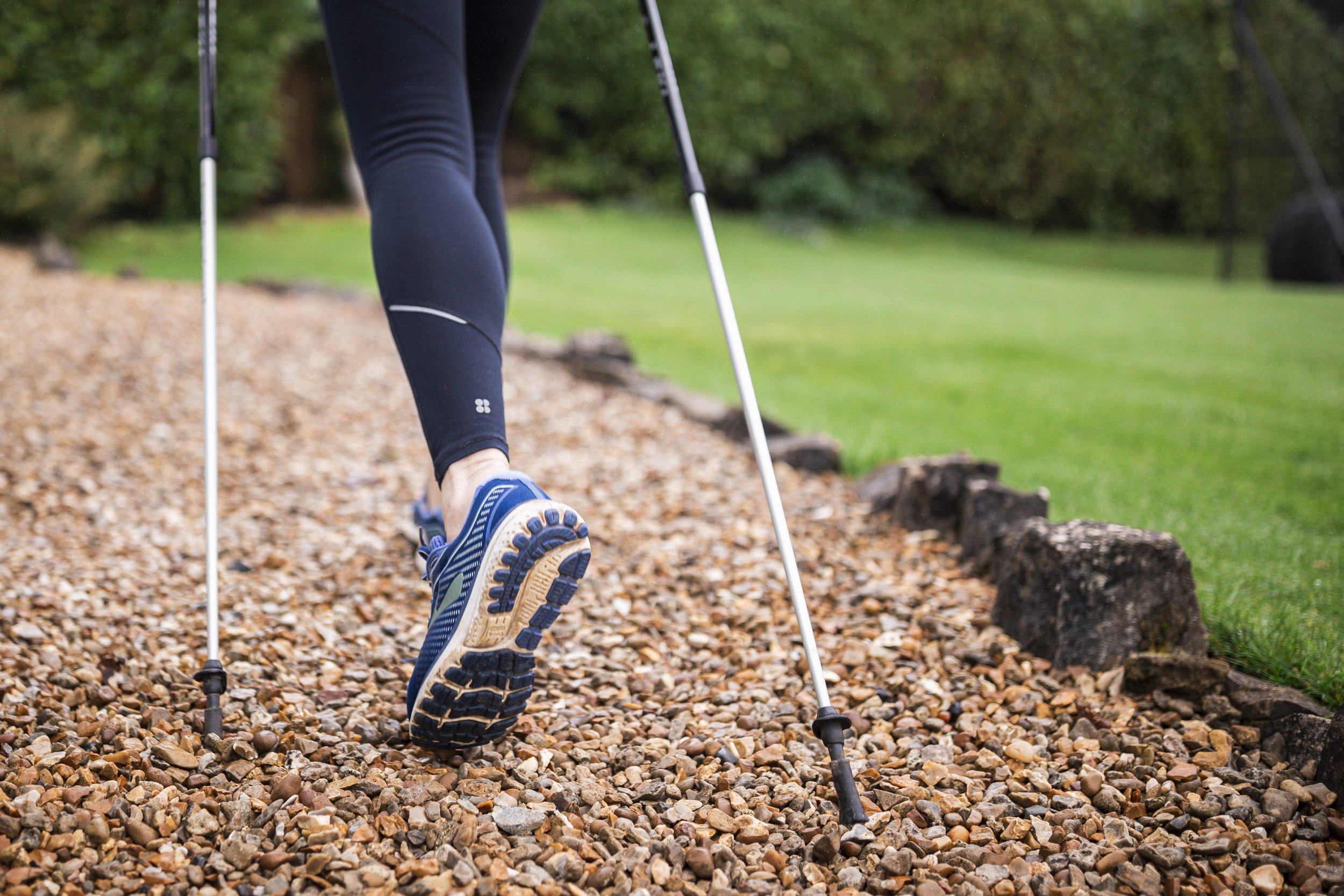Sedentary Behaviour
Have you ever wondered why you should move more EVERY day?
The importance of regular physical activity has never been more evident, and yet the pandemic has forced us to become more sedentary than at any other time in the past 50 years.
Sedentary lifestyle has a dramatically damaging effect on our health. According to the WHO, more than 9,000 people die daily due to consequences of sedentary death, caused by a mismatching of a changing lifestyle and reduced daily physical activity levels.
We need to reduce our sedentary behaviour, as well as perform structured moderate-to- vigorous physical activity (MVPA). There are unique characteristics that make daily sedentary behaviour different from inactivity.
Sedentary behaviour, as represented by sitting, is seriously hazardous to health and is a significant risk factor. Prolonged sedentary behaviour creates unfavourable responses that have not been previously identified, such as: tissue inflammation, mitochondrial distress, deep vein thrombosis, reduced LPL activity and other conditions specific that can only be overcome by daily multiple intermittent muscle contractions (1).
Too much sitting is not the same as too little exercise. It is possible to meet the current national exercise guidelines and still be sedentary and affected by its side effects. As sedentary behaviour and the absence of MVPA are distinctly different, they should be treated with different interventions. MVPA sessions making up 1/48th of the day only require muscle contractile activity for 30-60 minutes per day, which is not enough to overcome the sedentary side effects of the remaining hours in the day (2).
Using the energy systems and muscle recruitment patterns associated with low-intensity activity create a different response than from those used by more MVPA. For over 150,000 years, our bodies have evolved through intermittent activities all day at walking 8-20km at a low-to-moderate intensity or 12,000-18,000 steps, and interspersed with short periods of moderate- to-vigorous-intensity activities. It seems implausible that the thousands of muscle contractions per day that have been eliminated from our modern lives could be replaced by physical activity bouts of 30-60 minutes two to four times per week.
Reduced muscle activity throughout the day is largely responsible for the rapid unique responses occurring from sedentarism. A contracting muscle is a dynamic process producing important energetics and biochemistry, activating more than 100 genes to regulate some of the most complicated processes in the body. The metabolic rate and oxygen cost of the muscle activity at rest is low; however, when contracting, the metabolic rate escalates to epic proportions in an instant. Given the dramatic increase in metabolic disease, the importance of physical activity in controlling and promoting glucose regulation and insulin sensitivity can’t be underestimated (4).
Sedentary behaviour is about the psychological as well as the physical
Sedentary people tend to be less sensitive and unresponsive to moving signals from either the muscles or the brain. Active people are sensitive to moving neurochemicals and have a strong feedback loop from the muscles to the brain that encourages movement. Active brains are hard wired to move, while the sedentary brain creates a sedentary structure due to its interaction with its inactive environment (5)
The root problem of sedentary behaviour. Our molecules, cells, tissues, organs and systems need to be exposed to constant intermittent tension and mechanical forces. When this stops, there is a breakdown in structure leading to problems with the cell, tissue growth and development. The new mismatch chronic diseases are due to reduced movement patterns, load distributions and reduced cell deformations. A changing environment forces the cells to continually adjust to maintain their shape, always working against gravity to create new loads on different parts (5).
We need to integrate physical activity back into our lives by creating an active lifestyle, reducing prolonged sitting and increasing walking.
From an article by Dr Paul Batam who has been involved in health and fitness for more than 40 years as a university lecturer, vocational educator, author, researcher, international conference presenter and workshop facilitator. Over the last 18 years, Paul has built, owned, operated and sold two leading health and fitness vocational training institutes, and has received a Lifetime Achievement award for his services to the Australian fitness industry. drpaulbatman.com.au
References
Hamilton M (2018), The role of skeletal muscle contractile duration throughout the day: reducing sedentary time promoting universal physical activity in all people, J Physiol., 596(8): 1,331-40.
Hamilton M, Hamilton DG (2004), Exercise physiology versus inactivity: an essential concept for understanding lipo-protein lipase regulation, Exerc Sport Sci Rev., 32: 161-6.
Church T et al (2007), Effect of different doses of physical activity on cardiovascular fitness among sedentary, overweight or obese menopausal women with elevated blood pressure, a randomised controlled trial, JAMA, 297.
Duvivier BM et al (2017), Breaking sitting time with light activities vs structured exercise. A randomised cross over study demonstrating benefits for glycaemic control and insulin sensitivity in type 2 diabetics, Diabetologia, 60: 490-8.
Batman P (2020), NEAT Fit coaching program, http://www.neatfitcoaching.com.
Bey C, Hamilton M (2003), Suppression of skeletal muscle lipo-protein lipase activity during physical inactivity: a molecular reason to maintain daily low intensity activity, Journal of Physiology, 300(551): 673-682
Cregan-Reid V (2018), Primate Change: How the world we Made Changed us, first edition, London: Cassell.

